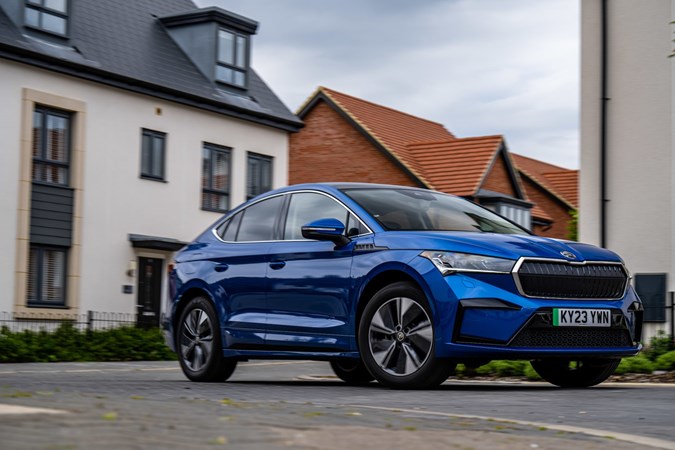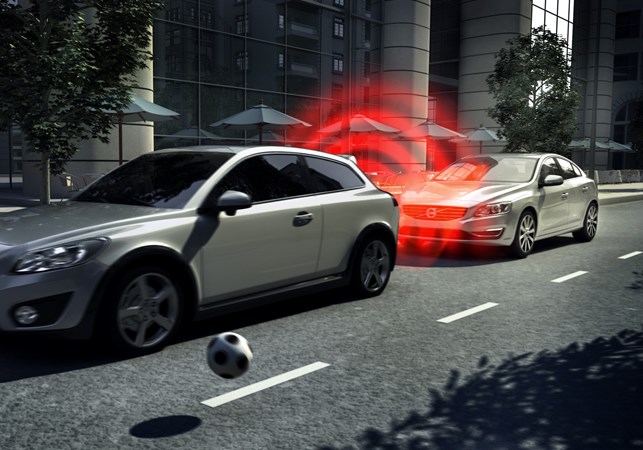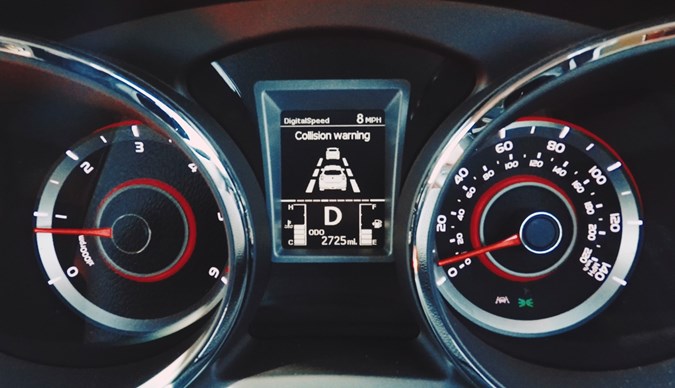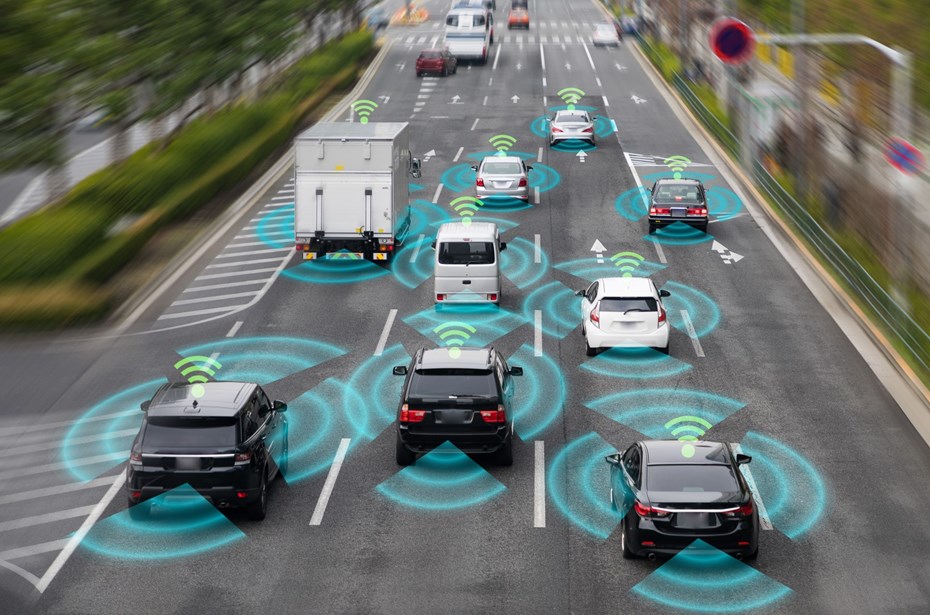Autonomous emergency braking (AEB) is a safety or driver assist system that detects a potential crash and sounds a warning to the driver or slams the brakes on in response. It’s fitted as standard to the vast majority of news cars sold in the UK, and you’ll find it on a great many used cars, as well.
Here, we’re going to explain everything you need to know about AEB, how it works, when it’s triggered and what happens when it intervenes.
What’s the point of AEB?
An awful lot of crashes happen in town at relatively low speed. Maybe a car pops out in front of you at the last second, or your attention wanders for a moment and bang. Such accidents cause a lot of traffic disruption, the damage can be costly to put right, and they’re easily avoided. That’s where autonomous emergency braking – sometimes called automatic or advanced emergency braking – comes in.
By detecting that an accident is about to happen, the car can warn the driver and, if necessary, autonomously perform an emergency stop. In an ideal scenario, the accident will be avoided entirely but, at the very least, the severity of the impact will be reduced.
Estimates as to the effectiveness of AEB vary, but numerous studies have concluded that it is responsible for a 25-50% reduction in the number of nose-to-tail accidents. The insurance industry has taken notice, as well. According to Thatcham Research, cars fitted with AEB are rated an average of five insurance groups lower than they would otherwise be.
For some years, Euro NCAP has regarded AEB as mandatory if a car is to achieve a full five-star rating. It’s also legally required in most cars sold in the and UK and EU.

How does AEB work?
Using radar sensors and/or cameras, an AEB system constantly scans the road ahead for potential hazards. They can all detect a big, solid car, bus or commercial vehicle; more sophisticated systems can also spot pedestrians and cyclists, and work in the dark.
AEB doesn’t work at all speeds, though. The system is primarily intended to reduce accidents on urban roads and, in the majority of cars, the system only works at speeds up to around 30mph. However, there are some cars with AEB that will trigger when you’re doing as much as 80mph.
If the car concludes that an accident is imminent, an audible warning sounds to alert the driver. There’s a visual warning in the instrument cluster and/or head-up display, as well. If the driver still doesn’t take action, the system will autonomously intervene and apply the brakes, bringing the car to a stop.
In many cars, AEB works in conjunction with other safety systems to prepare the car for impact. The hazard lights come on, pre-tensioners pull the seatbelts tight, an open sunroof and windows snap shut.
If an accident is avoided, you just continue on your journey, probably a bit shaken but none the worse. If not, the AEB should at least have reduced the damage done.

What happens when AEB is triggered?
We’ve experienced AEB intervening in a controlled environment and it’s deeply, deeply unpleasant. When you perform an emergency stop, even if you really stamp on the brake pedal with all your might, you’re probably not using all the car’s braking force. AEB does, stopping the car as quickly as possible.
The severity of the stop is shocking enough if you’re expecting it. If not, it feels like you’ve just had a crash, even if an impact has been avoided. Especially as the seatbelt pre-tensioners pull you really tight into your seat a second or so before the brakes are applied. It took us some time to calm down afterwards.
A car with a manual gearbox may stall in an AEB stop, if you don’t get the clutch down quickly enough. In any car, the stop-start system can get a bit confused by it, as well. Though you may need to turn the engine off and possibly open the door to release the seatbelt pre-tensioners, anyway.
It’s worth noting at this point that, like all other car safety systems, AEB is a last ditch, ‘if all else fails’ get-out. It is absolutely not a substitute for paying attention to the road ahead.

What cars have AEB?
As of May 2022, all production cars sold in the UK must be fitted with AEB as standard. That includes everything from the Dacia Sandero to the Rolls-Royce Phantom, though there are some exceptions for low-volume specialist cars like the Caterham Seven. Many manufacturers have their own names and descriptions for their AEB systems, for instance Ford’s cars come with Pre-Collision Assist with Emergency Brake Assist, Active Braking with Pedestrian Detection and Forward Alert.
Prior to May 2022, AEB had become widespread since it was introduced by Volvo in 2010. If you want to know if a used car has AEB, search for the Parkers review and click through to the Practicality & Safety section.
Looking for more jargon-busting motoring meanings? Head over to our Parkers Car Glossary page and take a look at our other definitions.
Just so you know, we may receive a commission or other compensation from the links on this website - read why you should trust us.










